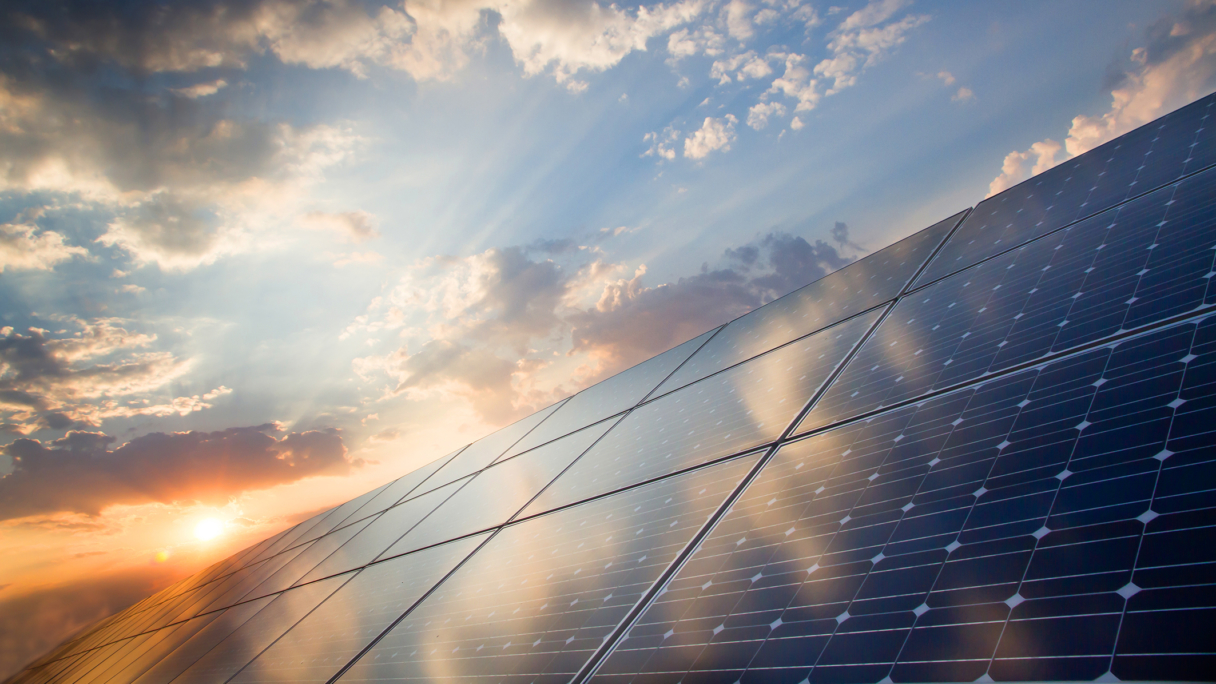As the European market for renewable energy starts to mature, others are following in its footsteps
Investors are embracing renewable energy as an attractive investment option and the sector is achieving ever more success in established markets. Renewables currently provide c30% of the UK’s energy requirements and this has reached 100% of daily usage at times. As the European market for renewable energy starts to mature, other areas in the world are following in its footsteps, providing a wider range of opportunities for investors.
At recent webinar events on impact and sustainable investments, Chris Hulatt and Alex Brierley, both from Octopus, discussed why the sector is thriving, where the best growth opportunities will be for forward-thinking investors and how investments in renewables can make a measurable difference to the society around them.
In an increasingly demanding investment environment, where the search for yield is an ongoing challenge, renewable energy infrastructure has become an asset class welcomed for its ability to meet many investment objectives. Its proven ability to deliver long-term, predictable income helps investors pay their liabilities and meet their obligations. Unlike other so-called real assets, this sector has not been negatively impacted by the economic upheaval triggered by the Covid-19 pandemic. In fact, it has thrived as renewable energy investments firmly align with society’s growing sense of social responsibility.
Green energy benefiting from transformational industry change
Decarbonising energy markets is considered to be an essential driver in the move to a net-zero world. The energy sector is going through a once in a lifetime, transformational change and the potential growth for renewables is vast. Goldman Sachs forecasts that USD16 trillion will be invested in clean energy by 2030[1]. This will be driven by greater globalisation across the sector, as demand for renewable energy worldwide coincides with more countries adopting clean energy policies in line with net-zero commitments. Moreover, costs are falling significantly, with solar and wind likely to become the lowest cost forms of energy generation.
So, while the overall investment case is clear, expanding investors’ horizons beyond the more established areas of the sector is essential to help fulfil the true potential of clean energy production across the globe.
[1] https://www.bloomberg.com/news/articles/2020-06-17/goldman-sees-16-trillion-opening-as-renewables-pass-oil-and-gas
Evolving sector creates diversity of opportunities
Renewable energy production in Europe is maturing, with wind and solar farms having been developed on the back of supportive government initiatives. This has resulted in a large supply of established, operational assets, which have benefited from attractive subsidies encouraging and facilitating growth. There continue to be major opportunities for new sites throughout Europe that will offer steady returns on investment, as well as growth potential to be found further afield.
As the sector continues to evolve, opportunities will arise both in Europe and in other parts of the world for those investors willing to get involved at the shovel-ready, construction stage; those who take on merchant power risk, or even invest at the greenfield stage by taking stakes in developers in order to obtain access to pipelines of assets. Other regions are at a much earlier stage of their journeys to create a more sustainable, and greener, energy infrastructure, and such investments often require a specific knowledge and skillset that many investors do not possess, which could lead to a misunderstanding of the risks involved.
At Octopus, we have always been comfortable building new assets and exploring new territories. We understand that in order to succeed in new areas you need to possess the requisite skills. Accordingly, we have built our teams around people with construction and engineering backgrounds, who are prepared to get their sleeves rolled up on site visits and know precisely the right questions to ask. In our view, having a team with the right expertise can ensure the construction process is as de-risked as possible. Many forward-thinking investors have already joined us on this journey, understanding that the most compelling risk- adjusted returns come from investing in unsubsidised assets.
Demonstrable impact credentials
Yet investing in renewable energy is not solely about the return potential. The sector is demonstrably supporting efforts to decarbonise energy markets and is directly addressing the threats posed by climate change. This means it can easily address the call for responsible investments from the growing number of socially minded investors.
What’s more, the impact from renewable energy initiatives can be powerful. The impact on established markets will continue to grow as economies become increasingly reliant on green energy. However, it is in countries where renewable energy is in its infancy where the real impact occurs.
Australia is a clear example of this. Currently, the majority of its energy generation comes from coal. This means every megawatt of renewable energy produced has a significant impact on the displacement of fossil fuels and presents a massive step forward for the decarbonisation agenda. We are proud to be part of this journey, having constructed Australia’s biggest solar farm, Darlington Point, which is comprised of nearly a million solar panels. Yet the impact of this sizeable investment runs well beyond the production of clean energy.
By engaging with the local community during the planning, construction and ongoing running of the project, we have established a social contract that has elicited powerful change for this community. Not only will 5G communications be brought to the area, but local employment has been amplified both through providing jobs on the projects as well as encouraging support services, such as on-site catering for construction teams. Importantly, particular effort was made to preserve areas of special importance to the Aboriginal community, ensuring the site was blessed by local leaders.
Darlington Point was not a one off. Generating 325 megawatts of energy, this site dwarfs any of our comparable farms in the UK (the biggest being 50 megawatts), but the scope in Australia is sizeable and the country can easily absorb more of the same. Moreover, this site was built without any form of subsidy, demonstrating just how far the sector has come and illustrating the potential of what could follow.
The positive impact of renewable energy does not have to be quite so far afield as Australia. In the UK, we are looking at how we can best nurture a shift away from the current system of energy generation that relies on both renewables and fossil fuels. To do this we need to engage more closely with consumers, encouraging them be more consciously active in how they use energy. Our energy supply business, Octopus Energy, has always offered customers long-term fair pricing, but now, in a world first, we can offer a residential tariff that tracks the wholesale price on a half hourly basis. We believe this will help consumers play a part in the energy transition by modifying their own consumption to fit when power is most widely available and consequently cheapest.
Innovation and investment critical to address ongoing challenges
We are not alone in focusing on innovative solutions to make clean energy as cheap and efficient as possible. Innovations are emerging across the sector, with the development of software to help make solar panels and wind turbines run more efficiently and oil & gas companies applying their experience of managing oil rigs to the development of large scale, offshore wind farms. However, the production of batteries and flexible storage remain key hurdles, with issues of scale and cost ongoing stumbling blocks. While these challenges remain, the question of just how much of the energy market can be powered by renewables is unanswered, but progress continues to be rapid.
China – the world’s biggest carbon emitter by far – has now confirmed its intention to be carbon neutral by 2060, ensuring the demand for renewable energy will continue to grow. Yet the sector will not be able to meet this demand without significant participation from the institutional investor community. In a world caught up in the economic turmoil created by Covid-19, opportunities for stable, long-term growth, with a responsible investment mindset at its core, will be increasingly hard to find. Renewable energy infrastructure presents an opportunity for those willing to step up and play their part in this exciting and critical journey.
Investing in renewable energy infrastructure is not without its risks, and that could cause losses as well as gains. We know this will not be an overnight turnaround, however, the provision of funds is required quickly. We want to help be part of the change and we want to bring institutional investors with us on this critical venture. Please join with us to act now.
Watch Chris Hulatt speaking at the Sustainable Investment Forum Europe 2020

Watch Alex Brierley speaking at the ClearlySo Impact Investment Funds webinar




